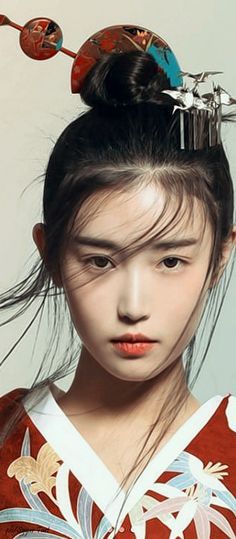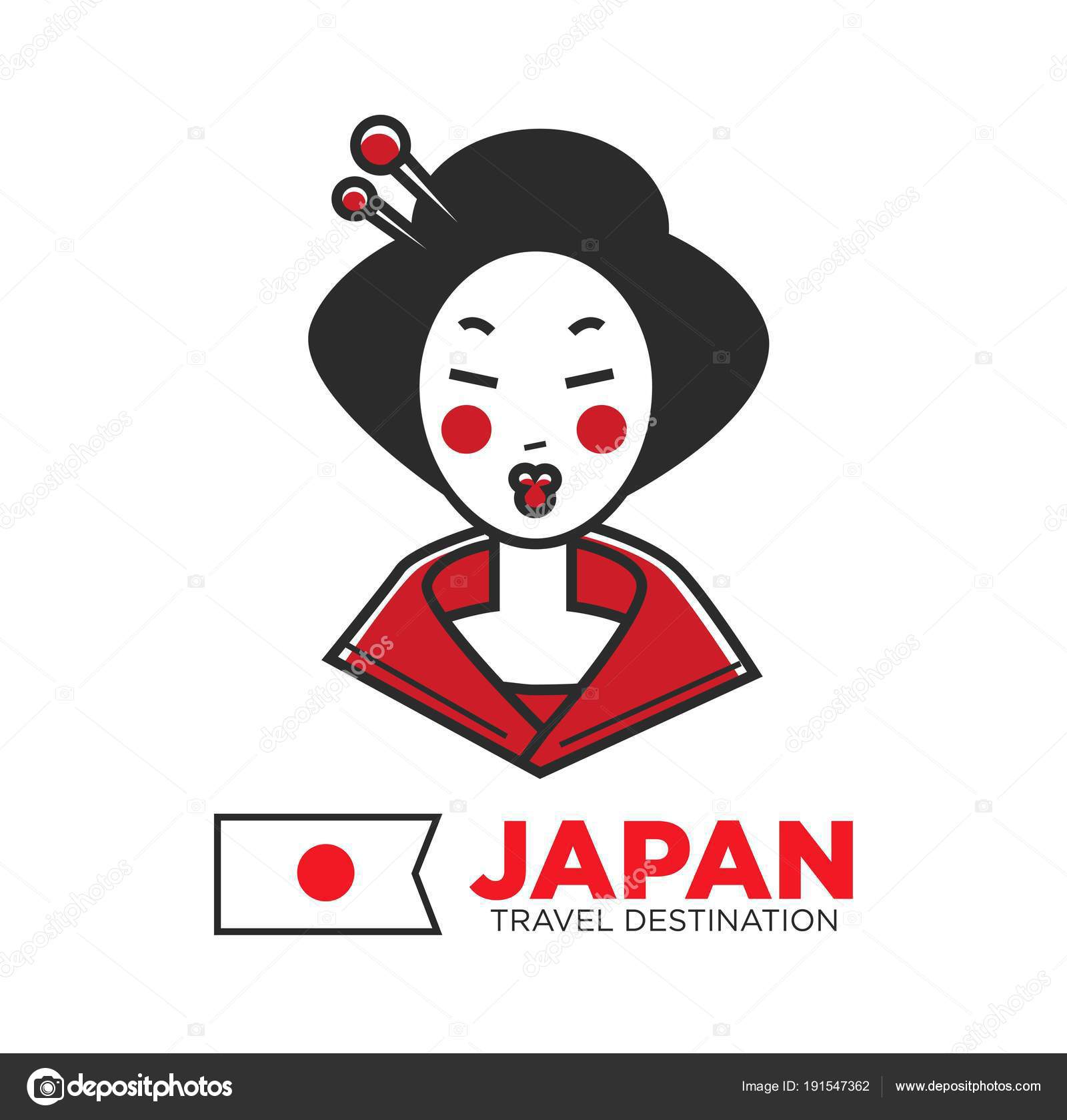Traditional Japanese Hairstyles
In the english speaking world the term kanzashi is sometimes applied to the folded cloth flowers that traditionally adorned tsumami kanzashi or to the technique used to make those flowers.

Traditional japanese hairstyles. These are also for younger boys who like. Traditional japanese hair and makeup the shimada is a womens hairstyle in japan similar to a chignon. Kepatsu a chinese inspired style taregami long straight hair shimada mage tied back hair with a comb on top. Here are a few hairstyles.
The illustration depicts this style. This style is a popular choice for a cut for many boys. Japan passionately holds onto its past. Then the side hair left to grow long then it is done well to make it slicky.
A modern january tsumami kanzashi worn by maiko kanzashi are hair ornaments used in traditional japanese hairstyles. The hairstyle needs a boxy bouffant leaving only a sickle shaped pony at the back tied with a ribbon. The long side hair runs from the back of the head to the front of the head. Below are the top 15 types of japanese men hairstyles with images that would be the rock in the next days.
If you would like to try a nihongami hairstyle using your natural hair or with hair attachments visit seiko sawada a professional kamiyuishi traditional japanese hairstylist in miyagi. She opened her salon in 2017 and also offers photos sessions where you can dress up as an oiran courtesan a historic court noble or a maiko or geisha. Chonmage is the traditional japanese hairstyles for males. This chonmage was done by shaving the upper hair clean.
The hairstyle till date has been prevalent in japan only with minute tweaks. Traditional japanese hairstyles for women include. People these days like sporting these types of japanese men hairstyles for college and other party gatherings. It was influenced by factors such as battle and the weather.
Hair is gathered together at the crown of the head and a small part of of the bun is sectioned to point outwards. The kepatsu is one of the most traditional japanese hairstyles in which the noble women would dress their best for occasions. Shimada during the edo period this was a hairstyle commonly worn by girls in their late teens. It was by this hairstyle that a womans class would be judged and respected.
Clothing in japan evolved along a unique and fascinating course. During the early 7th century ce japanese noblewomen wore their hair very high and boxy at the front with a sickle shaped ponytail at the back sometimes called hair bound with a red string this hairstyle known as kepatsu was inspired by chinese fashions of the era.






